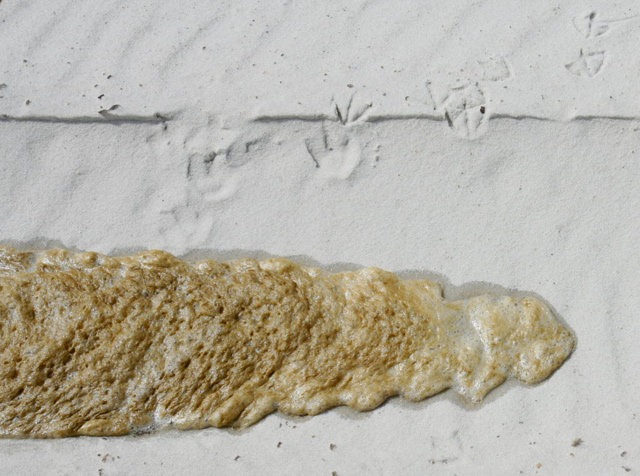Experts fear long oil effect on marine life, food chain
Washington (AFP) July 18, 2010 – Scientists studying the massive BP oil spill fear a decades-long, “cascading” effect on marine life that could lead to a shift in the overall biological network in the Gulf of Mexico. With some 400 species estimated to be at risk — from the tiniest oil-eating bacteria to shrimp and crabs, endangered sea turtles, brown pelicans and sperm whales — experts say the impact of oil and chemical dispersants on the food chain has already begun, and could grow exponentially. “A major environmental experiment is underway,” Ron Kendall, director of the Institute of Environmental and Human Health at Texas Tech University, told AFP. “We are already impacting the base of the food chain,” he said, including plankton, which provide crucial food for fish, and juvenile shrimp in intertidal marshes along the Gulf Coast. Kendall, whose institute is studying tissue samples from live and dead Gulf fish to analyze the spill’s impact, helped study effects of the 1989 Exxon Valdez oil disaster on wildlife in Alaska’s Prince William Sound. With the Exxon Valdez, a finite amount of oil poured into the sea — about one 17th of the low estimate of the oil that has gushed from a ruptured well into the Gulf — and rose to the surface to coat the shoreline. “This is so much more complex, what we’re dealing with now,” he said, noting that the 1.84 million gallons (7.0 million liters) of chemical dispersants used to fight the spill has kept some of the oil from fouling shores, but created potentially drastic problems by breaking up the oil has into droplets that may never be recovered. Dispersants, says Kendall, release aromatic hydrocarbons and allow small oil droplets to be consumed by marine life, potentially threatening the food supply for humans. …
